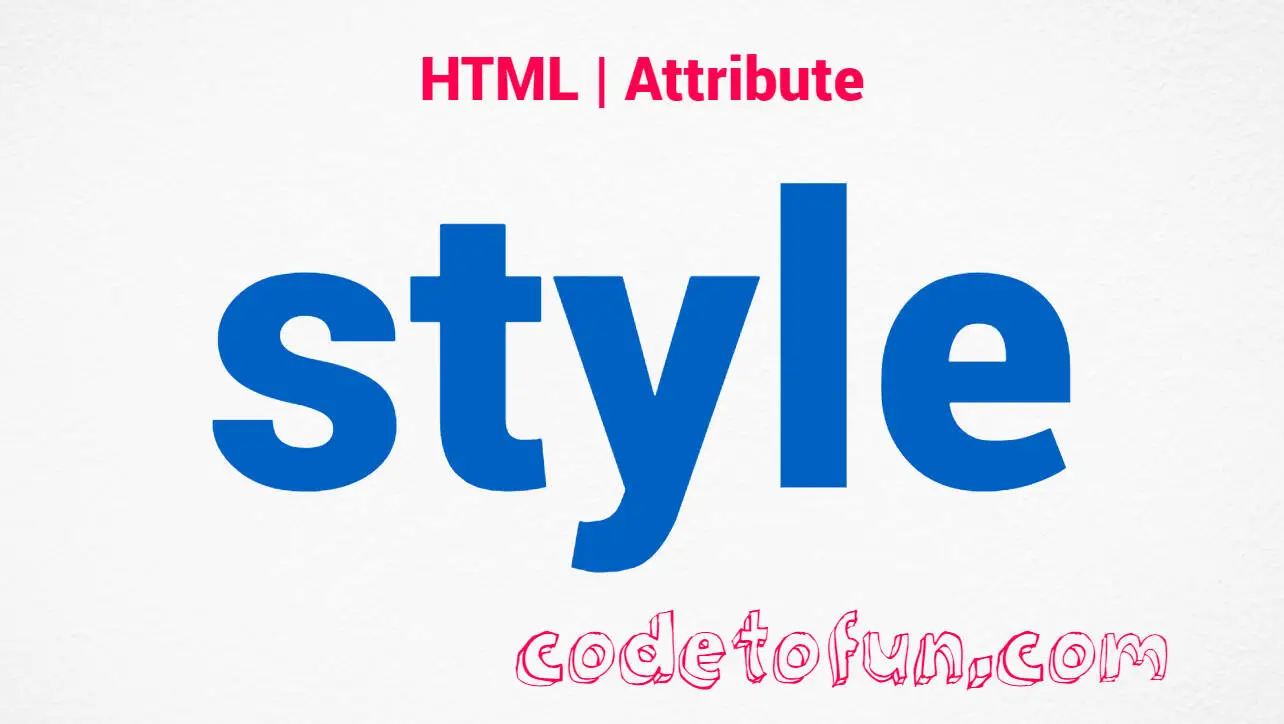
HTML Basic
HTML Reference
- HTML Tags
- HTML Deprecated Tags
- HTML Events
- HTML Attributes
- accept
- accept-charset
- accesskey
- action
- align
- alt
- as
- async
- autocomplete
- autofocus
- autoplay
- bgcolor
- border
- charset
- checked
- cite
- class
- color
- cols
- colspan
- content
- contenteditable
- controls
- coords
- data
- data-*
- datetime
- default
- defer
- dir
- dirname
- disabled
- download
- draggable
- enctype
- enterkeyhint
- for
- form
- formaction
- headers
- height
- hidden
- high
- href
- hreflang
- http-equiv
- id
- inert
- inputmode
- ismap
- kind
- label
- lang
- list
- loop
- low
- max
- maxlength
- media
- method
- min
- multiple
- muted
- name
- novalidate
- onabort
- onafterprint
- onbeforeprint
- onbeforeunload
- onblur
- oncanplay
- oncanplaythrough
- onchange
- onclick
- oncontextmenu
- oncopy
- oncuechange
- oncut
- ondblclick
- ondrag
- ondragend
- ondragenter
- ondragleave
- ondragover
- ondragstart
- ondrop
- ondurationchange
- onemptied
- onended
- onerror
- onfocus
- onhashchange
- oninput
- oninvalid
- onkeydown
- onkeypress
- onkeyup
- onload
- onloadeddata
- onloadedmetadata
- onloadstart
- onmousedown
- onmousemove
- onmouseout
- onmouseover
- onmouseup
- onmousewheel
- onoffline
- ononline
- onpagehide
- onpageshow
- onpaste
- onpause
- onplay
- onplaying
- onpopstate
- onprogress
- onratechange
- onreset
- onresize
- onscroll
- onsearch
- onseeked
- onseeking
- onselect
- onstalled
- onstorage
- onsubmit
- onsuspend
- ontimeupdate
- ontoggle
- onunload
- onvolumechange
- onwaiting
- onwheel
- open
- optimum
- pattern
- placeholder
- popover
- popovertarget
- popovertargetaction
- poster
- preload
- readonly
- rel
- required
- reversed
- rows
- rowspan
- sandbox
- scope
- selected
- shape
- size
- sizes
- span
- spellcheck
- src
- srcdoc
- srclang
- srcset
- start
- step
- style
- tabindex
- target
- title
- translate
- type
- usemap
- value
- width
- wrap
- HTML Global Attributes
- HTML Status Code
- HTML Language Code
- HTML Country Code
- HTML Charset
- MIME Types
HTML style Attribute

Photo Credit to CodeToFun
🙋 Introduction
The style attribute in HTML provides a way to apply inline styles directly to HTML elements.
This allows developers to define individual styles for specific elements without the need for an external stylesheet.
The style attribute can be used to control various aspects of the element's presentation, such as color, font, spacing, and more.
🎯 Purpose of style
The primary purpose of the style attribute is to add specific styling to an individual HTML element. While it is convenient for quick styling within the HTML document, it's essential to note that using inline styles can make the code less maintainable for larger projects. External stylesheets are generally preferred for better organization and separation of concerns.
💡 Syntax
The style attribute is applied to an HTML element using the following syntax:
<tagname style="property: value;">For example, to set the text color of a paragraph to red, you would use:
<p style="color: red;">This is a red paragraph.</p>💎 Values
The style attribute accepts a variety of property-value pairs to define different styles. Some common properties include:
- color: Sets the text color.
- font-size: Specifies the font size.
- margin: Controls the element's margin.
- padding: Adjusts the element's padding.
- background-color: Sets the background color.
These are just a few examples, and there are many other properties available to customize the appearance of HTML elements.
📄 Example
Here's a simple example demonstrating the use of the style attribute:
<!DOCTYPE html>
<html>
<head>
<title>Inline Styles Example</title>
</head>
<body>
<h1 style="color: blue; text-align: center;">Welcome to My Website</h1>
<p style="font-size: 16px; line-height: 1.5;">This is a paragraph with custom styles applied.</p>
</body>
</html>🧠 How it Works
In this example, the style attribute is used to set the color and text alignment for the heading and adjust the font size and line height for the paragraph.
🔄 Dynamic Values with JavaScript
You can also dynamically set the style attribute using JavaScript. This is useful when you want to update styles based on user interactions or other dynamic events. Here's a brief example:
<script>
// Dynamically set styles for an element
document.getElementById("dynamicElement").style.color = "green";
document.getElementById("dynamicElement").style.fontSize = "20px";
</script>🧠 How it Works
In this script, the style attribute is dynamically updated for an element with the id dynamicElement. This can be particularly helpful for creating interactive and responsive user interfaces.
🏆 Best Practices
- Use the
styleattribute for small, specific styling tasks. For larger projects, consider using external stylesheets for better organization. - Avoid excessive use of inline styles, as it can make the HTML code harder to maintain and update.
- Experiment with different styles to achieve the desired visual appearance, keeping in mind the overall design principles.
🎉 Conclusion
The style attribute in HTML provides a convenient way to apply inline styles directly to HTML elements.
Whether for quick styling or dynamic updates through JavaScript, understanding how to use the style attribute can enhance the visual presentation of your web pages.
👨💻 Join our Community:
Author

For over eight years, I worked as a full-stack web developer. Now, I have chosen my profession as a full-time blogger at codetofun.com.
Buy me a coffee to make codetofun.com free for everyone.
Buy me a Coffee












If you have any doubts regarding this article (HTML style Attribute), please comment here. I will help you immediately.